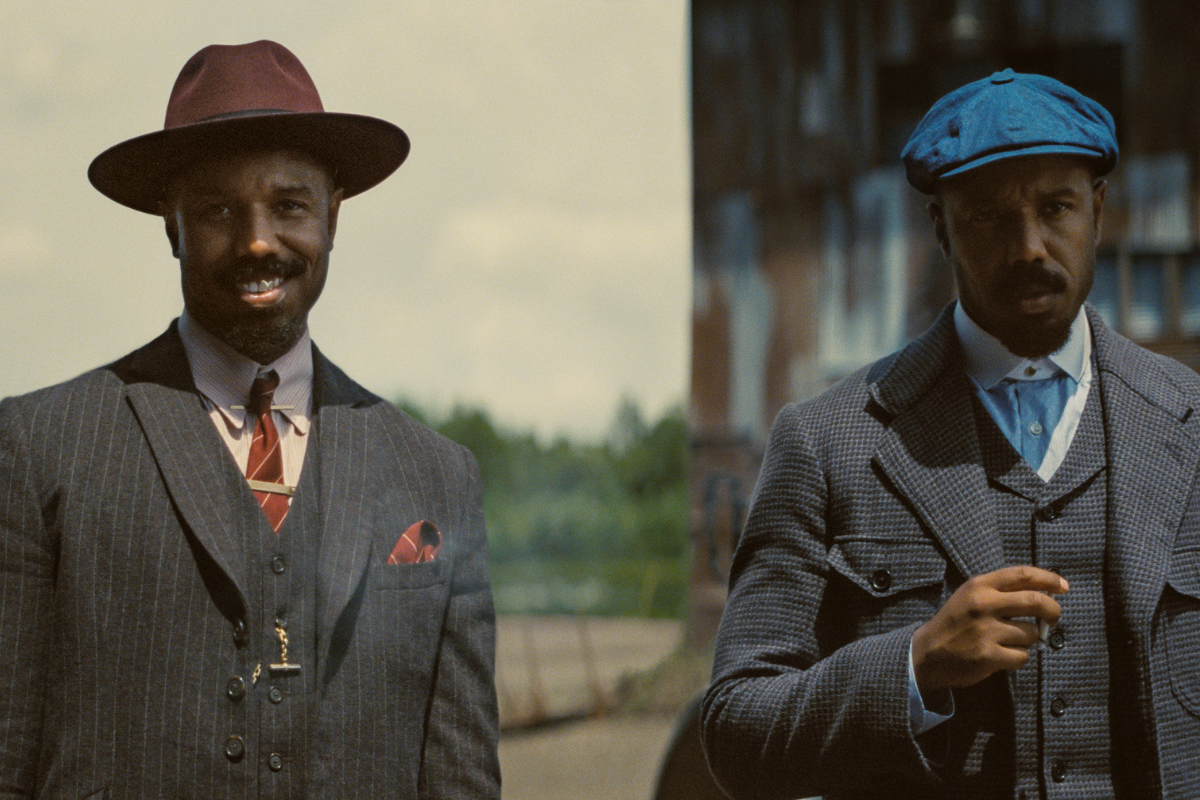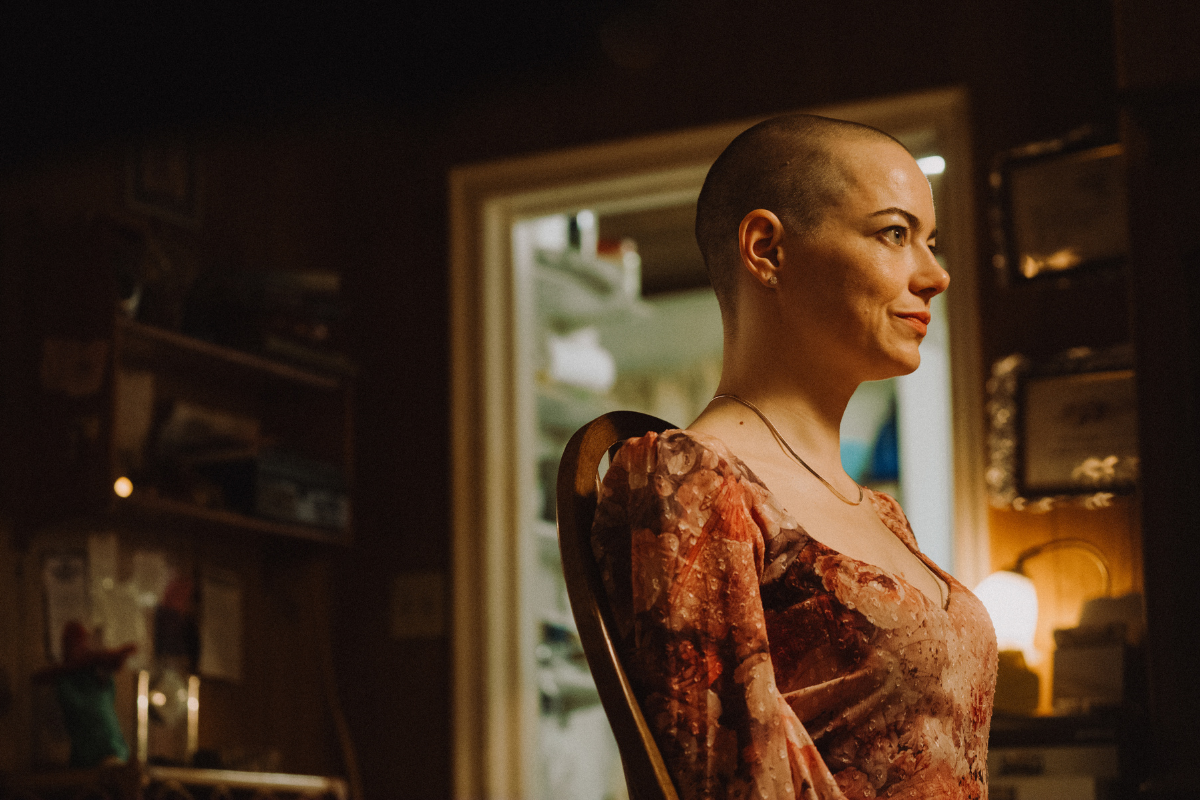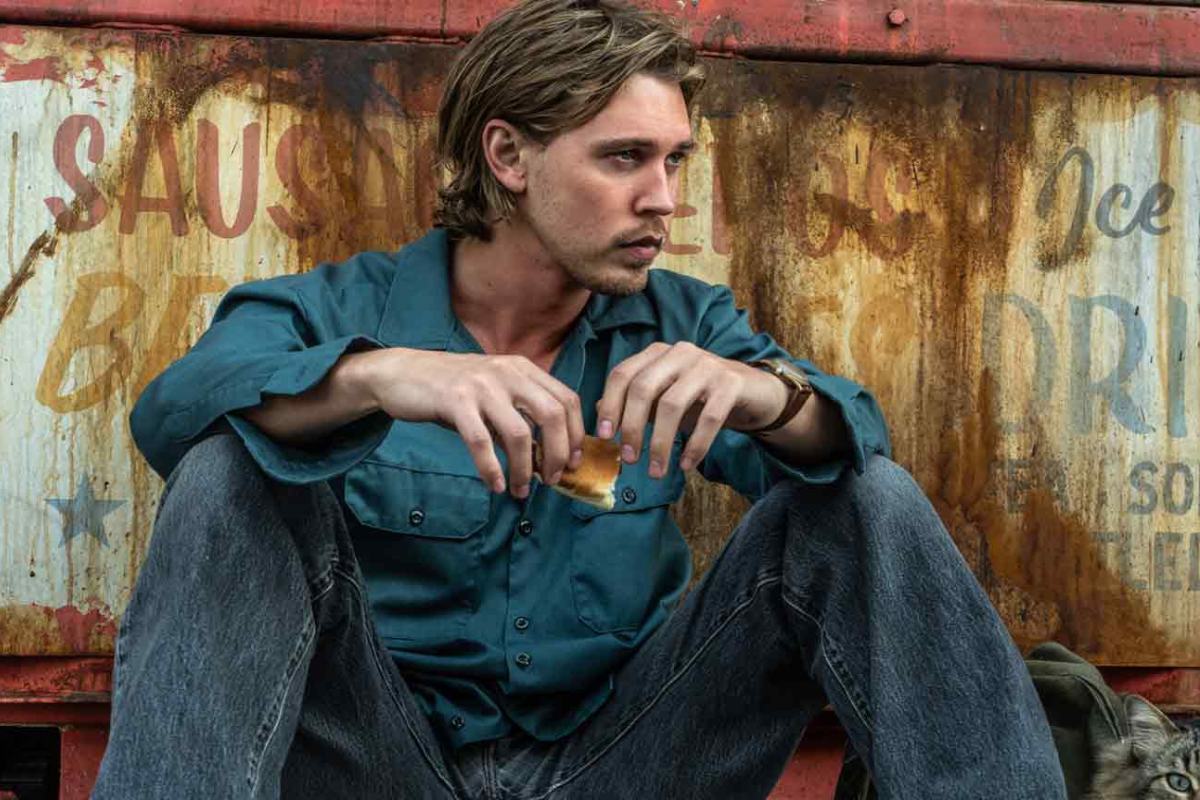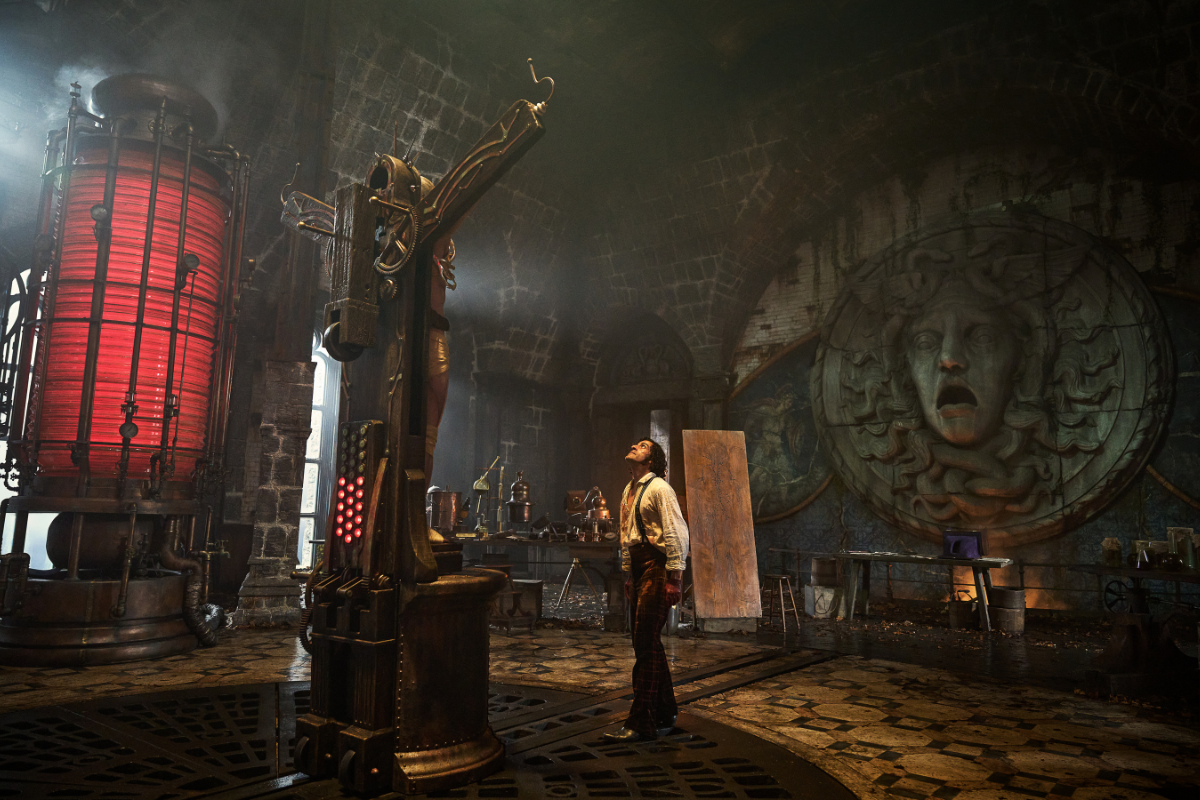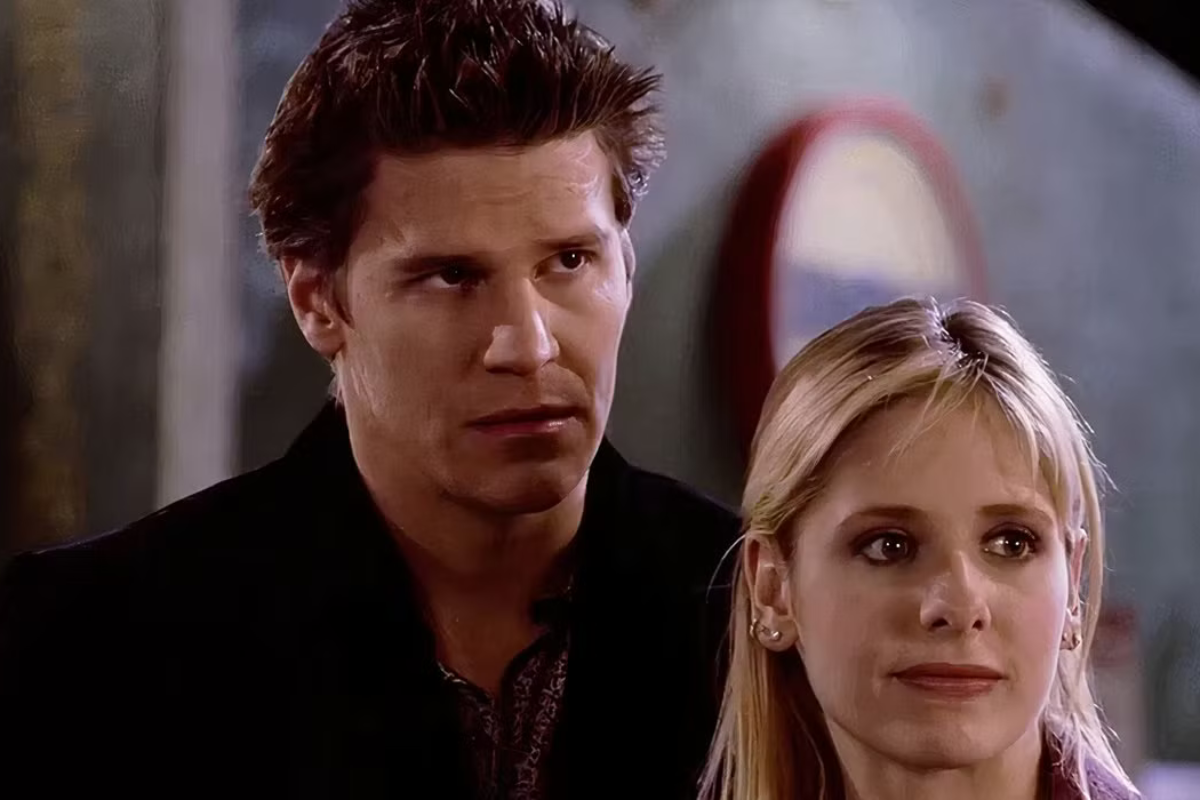IT DEPENDS: Is Your Story Idea Safe? – One Shared Idea, Three Unique Films
Is your story idea safe? Christopher Schiller explores three very different films created from a shared idea to calm writers fears about the potential theft of an idea.
Is your story idea safe? Christopher Schiller explores three very different films created from a shared idea to calm writers fears about the potential theft of an idea.
“They stole my idea” was the topic of one of my very early columns here at Script, in fact it was THE first one. And it’s a theme I keep returning to time and time again, because it is a feeling writers have that their idea is their most precious thing and must be protected above all costs. That is the biggest fallacy a writer can believe in. Once you divest yourself of that falsehood, you’ll be on the path to a much more rewarding and fulfilling writing career.
I recently tweeted another reminder of how problematic holding onto that belief can be:
Along the lines of repeating things in as many ways as you can to drive home a point, this column is going to take a look at three recent films, ALL of them share the same, exact starting idea. And all of them result in completely different stories being told and worthwhile perspectives on the shared idea at their core.
The shared idea – a film about Orson Welles
The idea is definitely not original. “Let’s make a documentary film about Orson Welles,” probably occurs to a lot of filmmakers at various times in their careers. It’s good fodder for an interesting subject because the man was multifaceted as well as being terribly fascinating. The idea is a starting point, but you need a direction to head from there, a place to take the idea into an expression you can call your own as a filmmaker.
That’s exactly what three groups of filmmakers did recently. In fact, I saw all three films at the Telluride Film Festival on consecutive days. (With the film actually done by Welles, The Other Side of the Wind (TOSOTW) which I’ve also reviewed, squeezed in-between them.) The fact that they all started from the same idea makes them easy for festivals to program a theme, but they are distinctly different films. As distinctly different as the filmmakers making them.
These unique films each have their own perspective, their own goals to achieve, and their own selected manner in which they do it. I have often joked if someone tells me they make documentaries they haven’t really told me anything about the films they make since there are as many ways of making a documentary as there are documentarians.
The three films in this case study are Morgan Neville’s They’ll Love Me When I’m Dead, the short subject by director Ryan Suffern and producer Frank Marshall called A Final Cut for Orson: 40 years in the Making and the ever unique perspective of director Mark Cousins’ take on The Eyes of Orson Welles.
We’ll take each in turn.
Shared Idea 1 – They’ll Love Me When I’m Dead
">
When Oscar winner (for 20 Feet from Stardom) Morgan Neville takes an idea and forms it into a documentary, he’s going to do it in his own, unique style. He finds a narrative through line and packs it with facts and humor to inform as well as entertain. He did this with They’ll Love Me When I’m Dead.
Focusing on the man and his nearly impossible mission, Neville uses archive and rare footage of Orson Welles in snippets and sound bites, on sets and at parties, seeking always to find the financing to finish his film, The Other Side of the Wind. Neville interviews those that were there, Welles’ beloved VISTOW or Volunteers In Service to Orson Welles, a moniker coined by Frank Marshall and proudly worn by those who earned it. He intersplices those views with others who knew Welles or worked with him on other projects, as well as Wellesian scholars, pundits and critics. It’s a deluge of insights into a very complex man trying to make an extremely complex film.
Following Neville’s fast-paced narrative, it is easy to forget that it has all already happened as you are caught up in the recreated sense of impact and consequences. It is also easy to forgive the documentarian for an unbalanced handling of the facts at times. The entertainment value of the story being told sometimes requires a different handling of the controversial or boring aspects of the struggle in favor of the more interesting ones. The facts are there, though, and the telling of them makes for a wild ride.
Netflix realizes that Neville’s work makes a good accompaniment to the release of Welles’ picture and was wise to have them paired together through many of their festival appearances and be released online on Netflix on November 2nd together.
It is a very good telling of the facts of the making of TOSOTW, from inception through the turmoil, up until Orson’s death put a damper on the party. The film’s motivation seems to peter out after this, and most of the details of how Welles’ film was finally finished is left for others to fill in.
Shared Idea 2 – A Final Cut for Orson: 40 Years in the Making
One of those others took the form of director Ryan Suffern, head of the documentary division at The Kennedy Marshal Company, who was tapped by his boss, Frank Marshall, to make a short documentary detailing the behind the scenes of the technical processes and hurdles that were faced by the producers of TOSOTW to bring the film to its final form once the legal obstacles were overcome.
This 38-minute short film begins its approach as a technical feast of rarely examined processes and extraordinary measures needed to document, archive and transfer 40-year-old film negatives and sound sources into a modern, edit ready form. From a technician’s viewpoint one can fathom just how daunting the task was, bringing in the skills of the nearly lost art of negative cutters as well as artificial intelligence driven state of the art image matching techniques to align what Welles intended to what was now ready for assembly.
But as all good documentaries do, this one soon draws you in behind the technical decisions into the minds and hearts of those on screen, making the choices and reliving the experiences of working on an Orson Welles picture. You can feel the palpable emotion as the discussions revolve between rigidly and blindly sticking to what was stipulated in scribbled notes and rough edits and what might need to be done a different way to accommodate what was actually in front of their eyes and ears. You can see that those making them really cared that the decisions they were making would have pleased the master.
They boldly go on and finish the very few shots that were left unshot – e.g. a masterful intercutting of exploding dummy heads on green screen with the footage shot four decades earlier – and salvage the one large segment of audio where the master reels were never found – the only missing elements after all that time – from the much degraded secondary sources used on the rough cuts and dailies. It was a Herculean effort all around, one Marshall often admits probably couldn’t have been technically accomplished until now, when the technology has finally caught up to Welles’ vision.
Between these two documentaries covering two sides of the making of TOSOTW we get distinct impressions of stories that were germinated from the idea of “a documentary about Orson Welles.” But there are still yet other ways to approach the idea.
Shared Idea 3 – The Eyes of Orson Welles
">
The last of the shared ideas of making a film about Orson Welles didn’t start out as an intention of making a film about Orson Welles. In the Film Watch newsprint publication distributed at the Telluride Festival about the films there, Mark Cousins himself states, “I didn’t want to make a film about Orson Welles.” He felt there was nothing new he could contribute. But the inventive documentarian found a perspective that allowed him to see Welles with new eyes, and so he made a wonderful film about Welles using the master’s own, rarely seen drawings and sketches from a collection of his sketchbooks.
In a fascinating and studiously researched doc, Cousins takes on Welles’ seeing of the world through the prism of his representations of it and the mindset he must have been in at the times his drawings were being made. By aligning the dates of the drawings with what was going on in Welles life and visiting the sites of the places Welles drew them, Cousins slowly creates an evolving portrait of the man amongst his works, depicting how his view of the world was shaped by how he saw things at different times and places.
At a much slower pace than the other two documentaries, Cousins no less is able to draw you into the fascination of the world as Welles seemed to see it. Cousins is a master of weaving esoteric knowledge of the subject of his films with down to earth facts, well known and obscure, along with a broad, incredibly well-informed perspective that coalesces into a vibrant portrait of the master seer.
Three are one and many
Taken individually, each of these documentaries are standalone testaments of talented filmmakers creating works of honor to the subject they’ve chosen. Each is unique. Each is part of a whole in the attempt to understand the multifaceted man at their central, core idea.
They all started with the same idea. They all arrived at different places. And the journey they take their audiences on are wonderful rides in each’s own manner.
So, do you have an idea for a film that may be shared by others? Great. Tell it in your own unique way, and you’ll make something relevant, independent and exclusively yours. After all, it depends … on you and you alone to tell your tale.
Get more insights into protecting yourself with our on-demand webinar, Screenwriter Contracts Decoded
Download Now!
Christopher Schiller is a NY transactional entertainment attorney who counts many independent filmmakers and writers among his diverse client base. He has an extensive personal history in production and screenwriting experience which benefits him in translating between “legalese” and the language of the creatives. The material he provides here is extremely general in application and therefore should never be taken as legal advice for a specific need. Always consult a knowledgeable attorney for your own legal issues. Because, legally speaking, it depends... always on the particular specifics in each case. Follow Chris on Twitter @chrisschiller or through his website.


